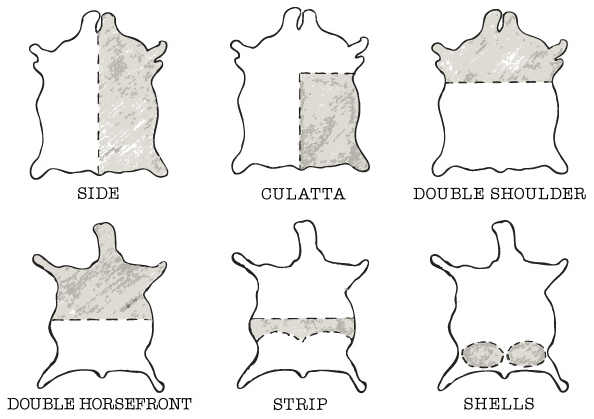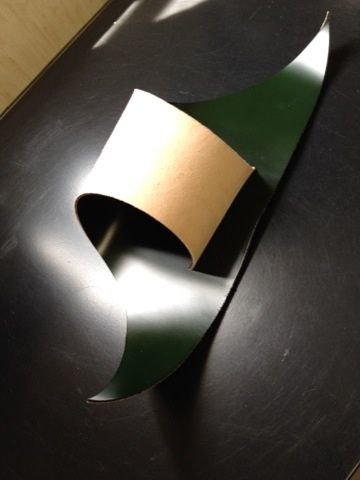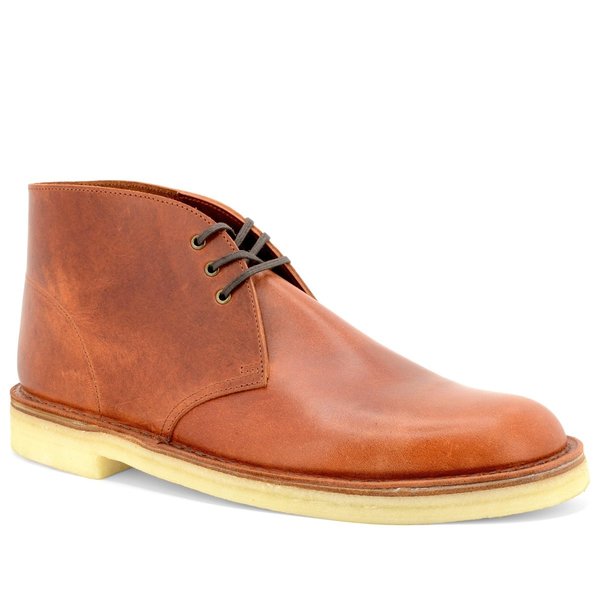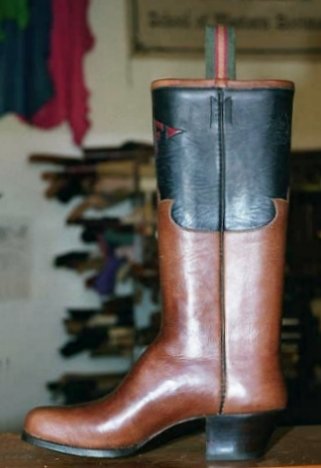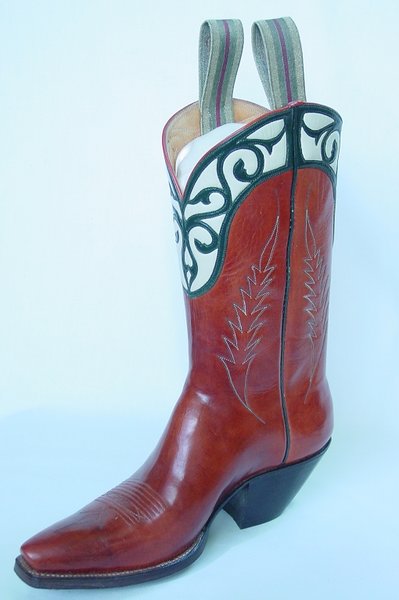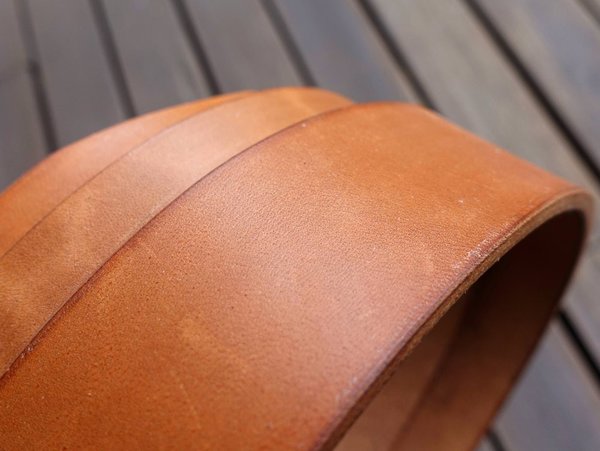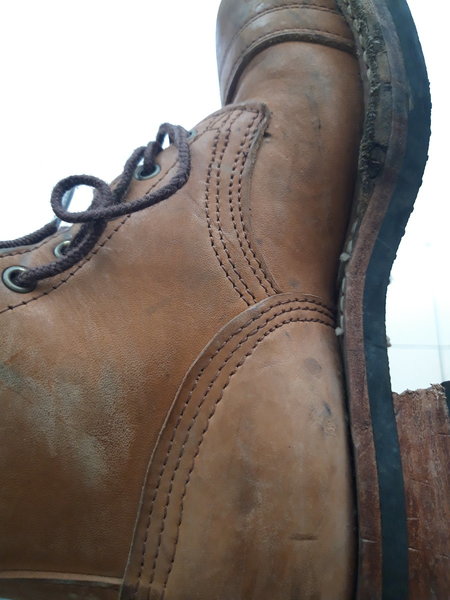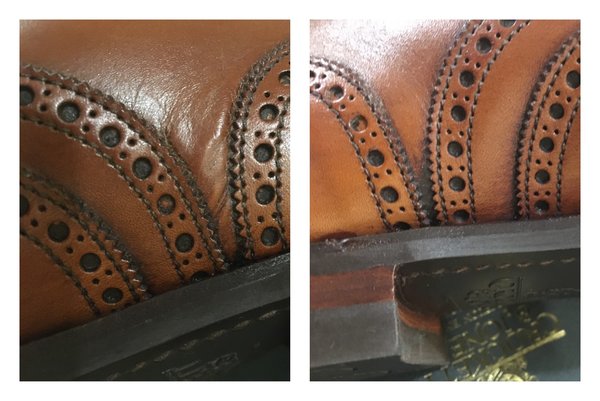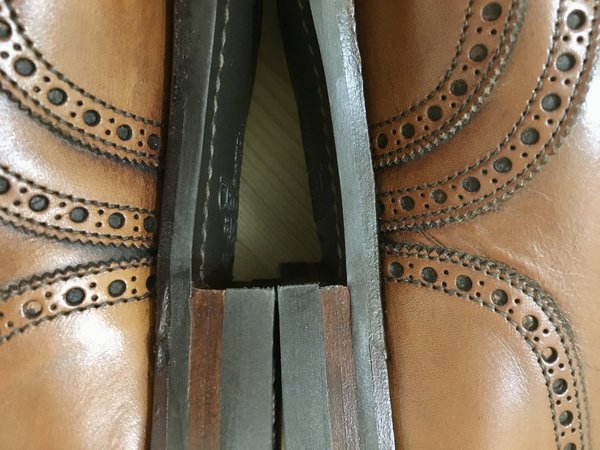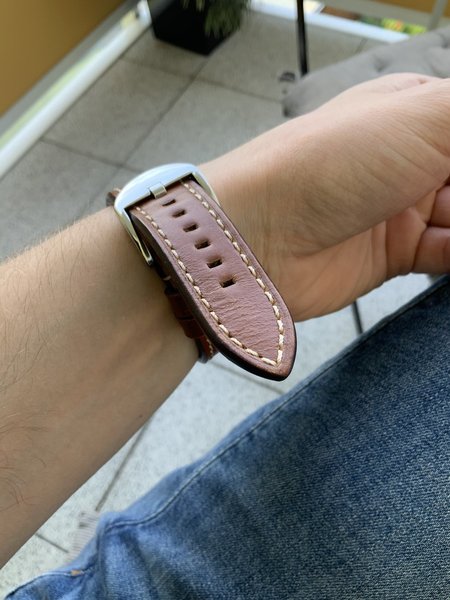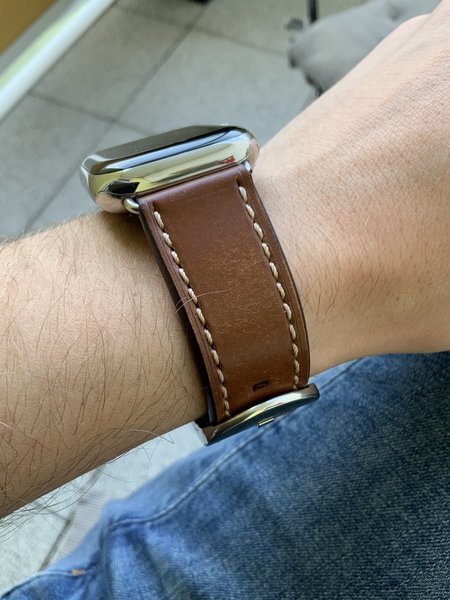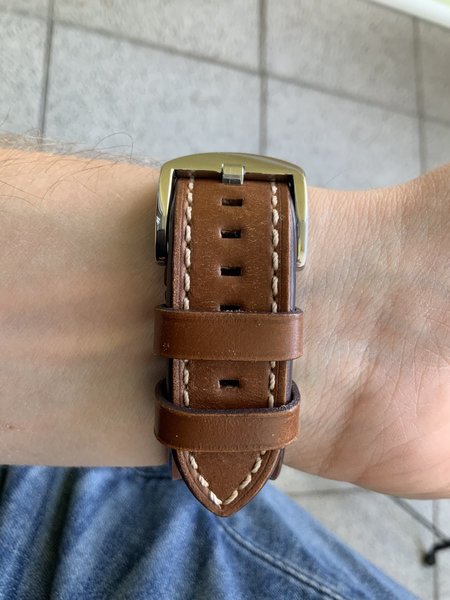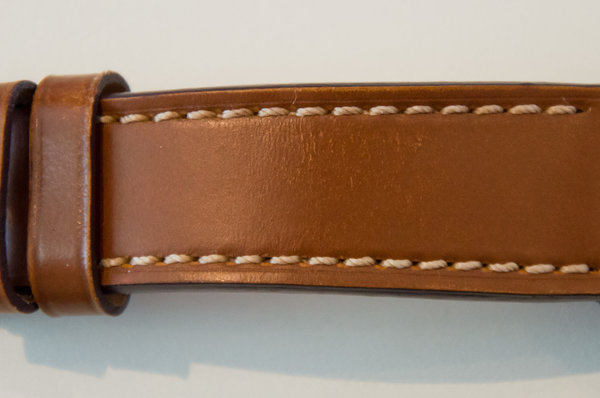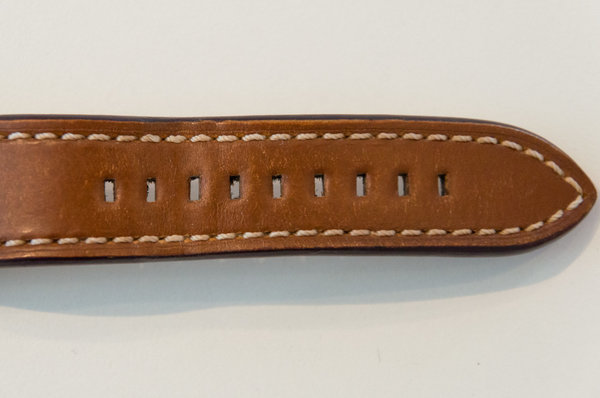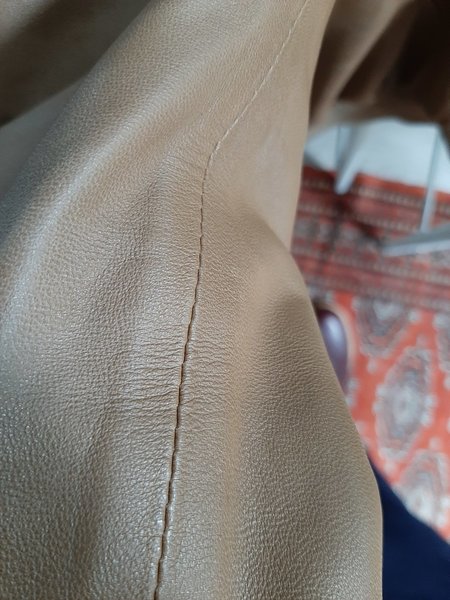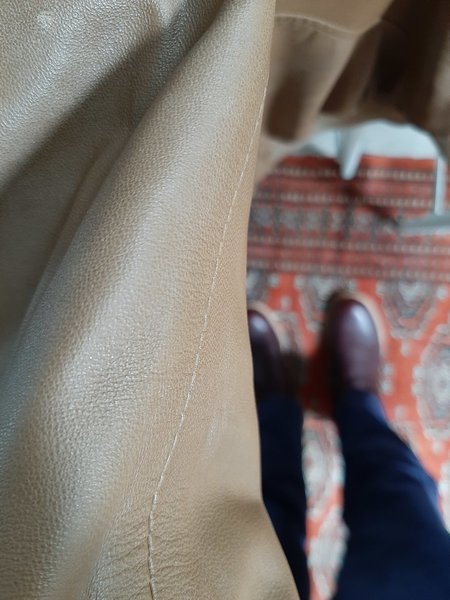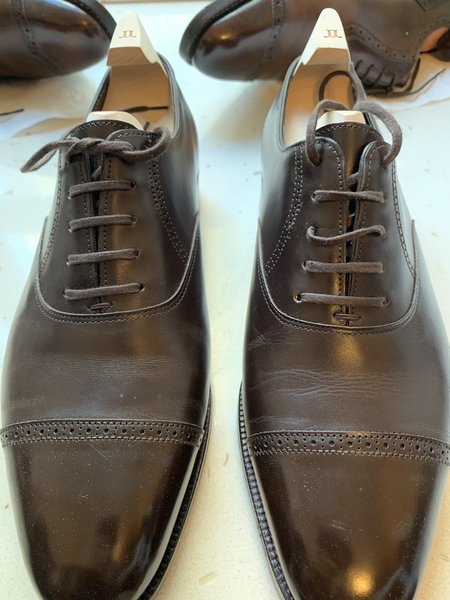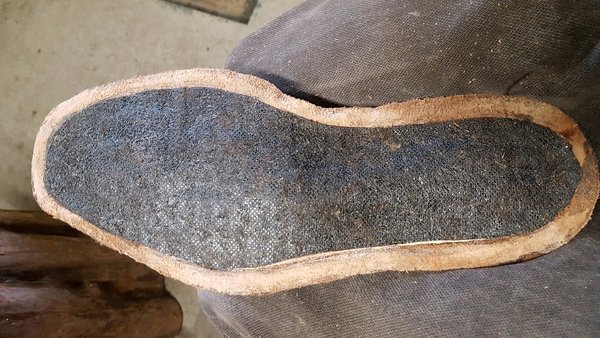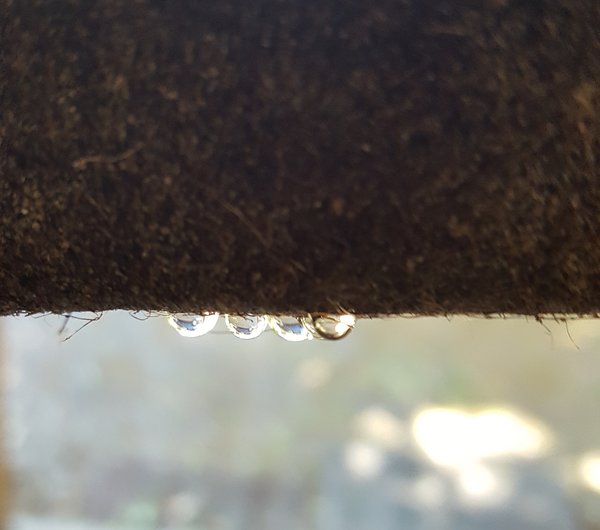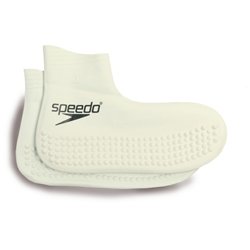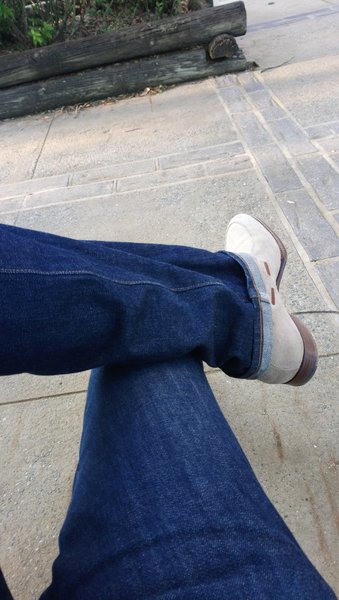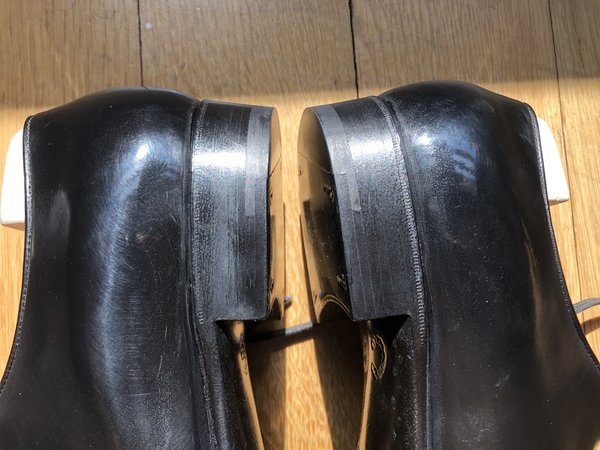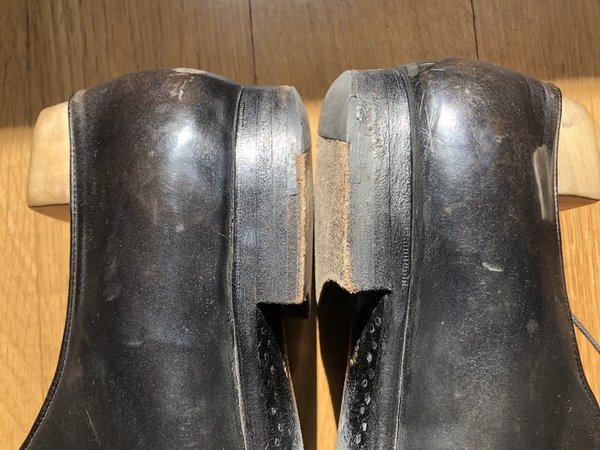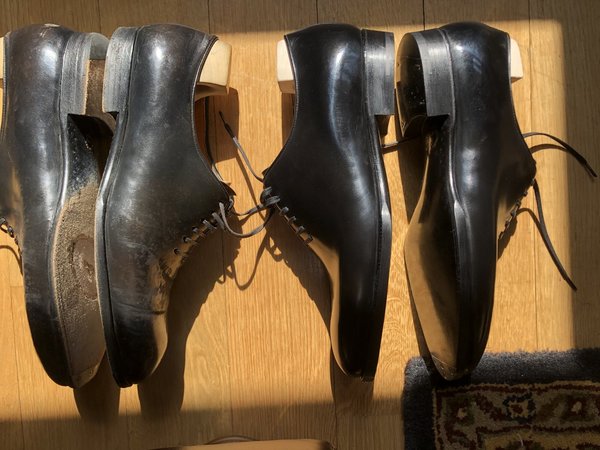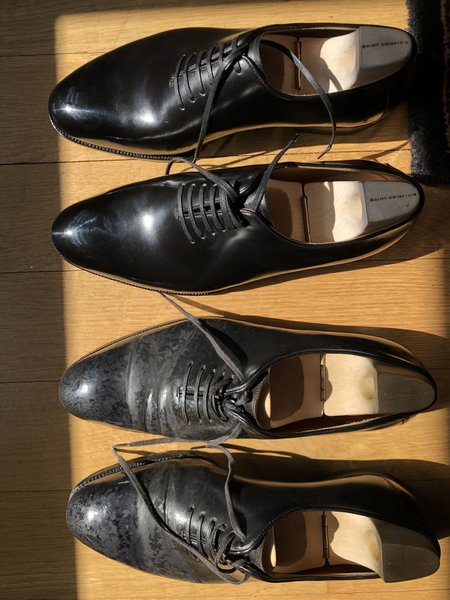clee1982
Stylish Dinosaur
- Joined
- Feb 22, 2009
- Messages
- 28,971
- Reaction score
- 24,809
I agree that it borders on propaganda. As does much of this kind of information to be found on the Internet--it's fundamentally self-promotional. If the website serving up this information were making leather products out of chrome tanned leathers rather than veg, I suspect that the conclusions would be very different.
That said, I do feel compelled to point out that while organic doesn't equal safe...or more specifically, environmentally safe...the environment is much more capable of dealing with such products--run-offs, etc., than chemicals that never existed in free form.
Trees have been falling in the forest for thousands of millennia. And rain has come down and pools of standing water laden with bark, leaves and leeched out tannins (the active agent in vegetable leather tanning) have been created. One can imagine such pools of water all over the world even as we speak.
Some of it undoubtedly gets into the ground water. No harm no foul. It's not even unsafe to drink. And in fact, scientist are beginning to recognize the importance of tannins in the natural cycle.
Every ancient peat bog is essentially a tannery, and I suspect the very idea of tanning animal skins with bark came from what our distant ancestors observed occasionally happened to creatures that died in close proximity.
Natural tannins are not necessarily toxic. The British love their tea--relatively high in tannins. Red wine has a certain amount of tannins. Some cheeses and nuts, as well. Tannins are good antioxidants. And they are used commercially in processed foods as flavour enhancers and preservatives.
And while not recommended, desperate shipwrecked sailors in a time when all shoes were made of vegetable tanned leather, have on occasion resorted to eating their shoes...without immediate ill or fatal effects...don't try that with chrome tans.
Don't get me wrong, I agree--it's not cut and dried...they're different products (with the same purpose). But having said that, if veg tans were as flexible and could be dyed in bright colours, etc., I, personally, would never make another pair of shoes or boots out of chrome tanned leather.
But that's just me.
I think there is a difference in nature doing it vs. men doing it in industrial scale even if it's the same process (and by industrial I just mean take what natural does, multiply by 10,000x...), don't disagree with what you said, just when you scale up natural process it's not really the same thing.



